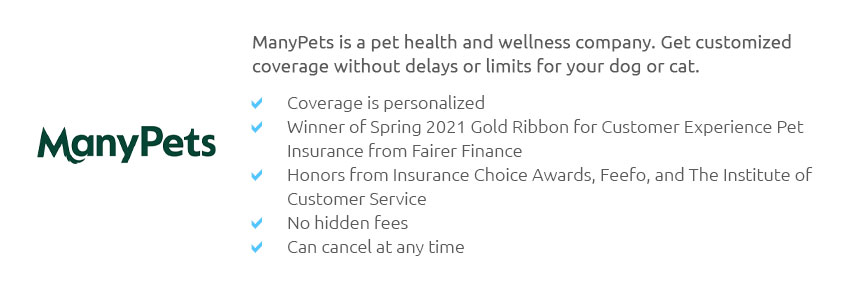 |
 |
 |
 |
 |
|
 |
|
 |
|
 |
|
 |
|
 |
|
 |
|
 |
 |
Exploring Dog Health Insurance Rates: Key Features and HighlightsIn today's world, the importance of pet health insurance cannot be overstated, especially when it comes to our beloved canine companions. The landscape of dog health insurance rates is a multifaceted one, shaped by a variety of factors that pet owners should thoughtfully consider. While some may view it as an unnecessary expense, others see it as a prudent investment in their pet's well-being, offering peace of mind and financial protection against unexpected veterinary costs. As with most insurance policies, the premium rates for dog health insurance are influenced by several key factors, including the dog's age, breed, and health history. Generally speaking, younger dogs tend to have lower premiums because they are typically healthier and less likely to require medical attention. However, as dogs age, the likelihood of health issues increases, thus driving up the cost of insurance. Additionally, certain breeds are predisposed to specific health conditions, which can also impact insurance rates. For instance, larger breeds such as German Shepherds and Golden Retrievers might have higher premiums due to their susceptibility to hip dysplasia and other genetic conditions. Another critical aspect influencing insurance rates is the level of coverage selected. Most pet insurance providers offer a range of plans, from basic accident-only policies to comprehensive ones that cover illnesses, routine care, and even alternative therapies. While comprehensive plans provide extensive coverage, they understandably come with higher premiums. On the other hand, accident-only plans are more budget-friendly but offer limited protection, which might not be sufficient for pets with pre-existing conditions or those prone to chronic illnesses. One cannot overlook the role of location in determining dog health insurance rates. Veterinary care costs vary widely across different regions, with urban areas generally witnessing higher fees compared to rural locales. Consequently, insurance providers often adjust their rates to reflect these regional disparities in healthcare costs. It’s essential for pet owners to compare plans from multiple insurers and consider their specific needs and budget constraints before making a decision. This ensures that they select a policy that offers the right balance of coverage and affordability. In conclusion, while dog health insurance rates may vary based on numerous factors, they remain a valuable tool for safeguarding a pet's health and managing veterinary expenses. By understanding the dynamics of these rates and the factors that influence them, pet owners can make informed choices that best suit their furry friends. As with any financial decision, careful research and consideration are key to finding the ideal insurance plan. Frequently Asked Questions
https://www.healthypawspetinsurance.com/
With Healthy Paws, you can give your pet the medical care they need. The top-rated cat insurance & dog insurance plans cover accidents, illnesses, cancer, ... https://www.embracepetinsurance.com/research/pet-insurance-cost
According to US News, you're looking at an average monthly cost between $26 to $277 for the dog parents out there. Cat owners, you're in luck with slightly ... https://www.bankrate.com/insurance/pet-insurance/how-much-does-pet-insurance-cost/
The cost of pet insurance typically falls between $17 and $101 per month for dogs and $10 to $32 for cats. - Several factors influence monthly ...
|